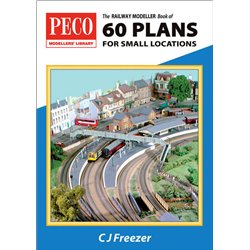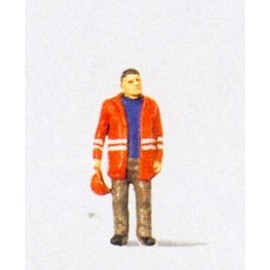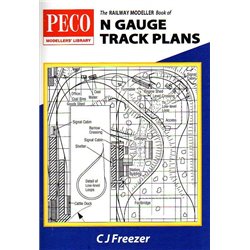Mainline Railways was a British model railway brand that operated between 1976 and 1983, introduced by Palitoy, the...
No products
Product successfully added to your shopping cart
There are 0 items in your cart. There is 1 item in your cart.
Search Tips
Open on Good Friday
The shop will be open on Friday 18th April.
Bring us some chocolate!
Shunting yards: designing a track plan for realistic operations
A well-designed shunting yard can bring realism and operational interest to your model railway. Whether you’re modelling a bustling freight terminal or a compact industrial siding, getting the track plan right is crucial. In this guide, we’ll explore key principles to help you design an effective and functional shunting yard.
Understanding the Purpose of a Shunting Yard
A shunting yard is where trains are assembled, disassembled, or stored before being sent to their next destination. In real-world railways, yards are essential for managing freight and passenger operations efficiently. In a model railway, they add a level of operational depth, allowing you to perform realistic manoeuvres such as sorting wagons, forming new trains, and running light engine movements.
Key Components of a Shunting Yard
To design an effective yard, consider incorporating the following elements:
Arrival/Departure Tracks: These allow trains to enter and exit the yard without disrupting shunting operations.
Sorting Sidings: Used to organise wagons based on destination or type of cargo.
Run-around Loop: Essential for locos to change ends when necessary.
Headshunts (Shunting Necks): Enable shunting movements without fouling the main line.
Loco and Brake Van Sidings: Dedicated tracks for storing locomotives and brake vans when not in use.
Planning Your Track Layout
When designing your track plan, keep the following principles in mind:
1. Keep It Practical
Consider the space available and how much of it can be realistically dedicated to shunting operations. Compact layouts benefit from simple yet effective designs such as Inglenook Sidings or the classic Timesaver shunting puzzle.
2. Ensure Smooth Running
Use gentle curves and avoid overly tight turnouts, which can cause derailments. Peco streamline points (such as medium or large radius) work well for smooth operations.
3. Allow for Operational Interest
Design your yard to require logical movements, such as assembling wagons in the correct order or using specific sidings for different types of freight. This enhances playability and realism.
4. Plan for Expansion
If space allows, leave room for additional sidings or future modifications. You may wish to add extra storage, a loco depot, or a maintenance shed later on.
Shunting Strategies and Operations
To make your shunting yard truly engaging, consider adopting realistic operational practices:
Waybills and Freight Cards: Use a system to determine where wagons need to go, adding an element of unpredictability.
Realistic Timetables: If you’re modelling a specific railway, research historic working timetables to guide your operations.
Rule of the Road: Follow prototypical shunting procedures, such as ensuring brake vans are positioned correctly and locos don’t push loose wagons onto the main line.
Final Thoughts
Designing a functional and realistic shunting yard can significantly enhance your model railway experience. By carefully planning your track layout and incorporating prototypical operations, you’ll create a dynamic and engaging part of your railway that keeps you entertained for years to come.
Click here to receive the tips weekly in your mailbox. You can unsubscribe at any time.










